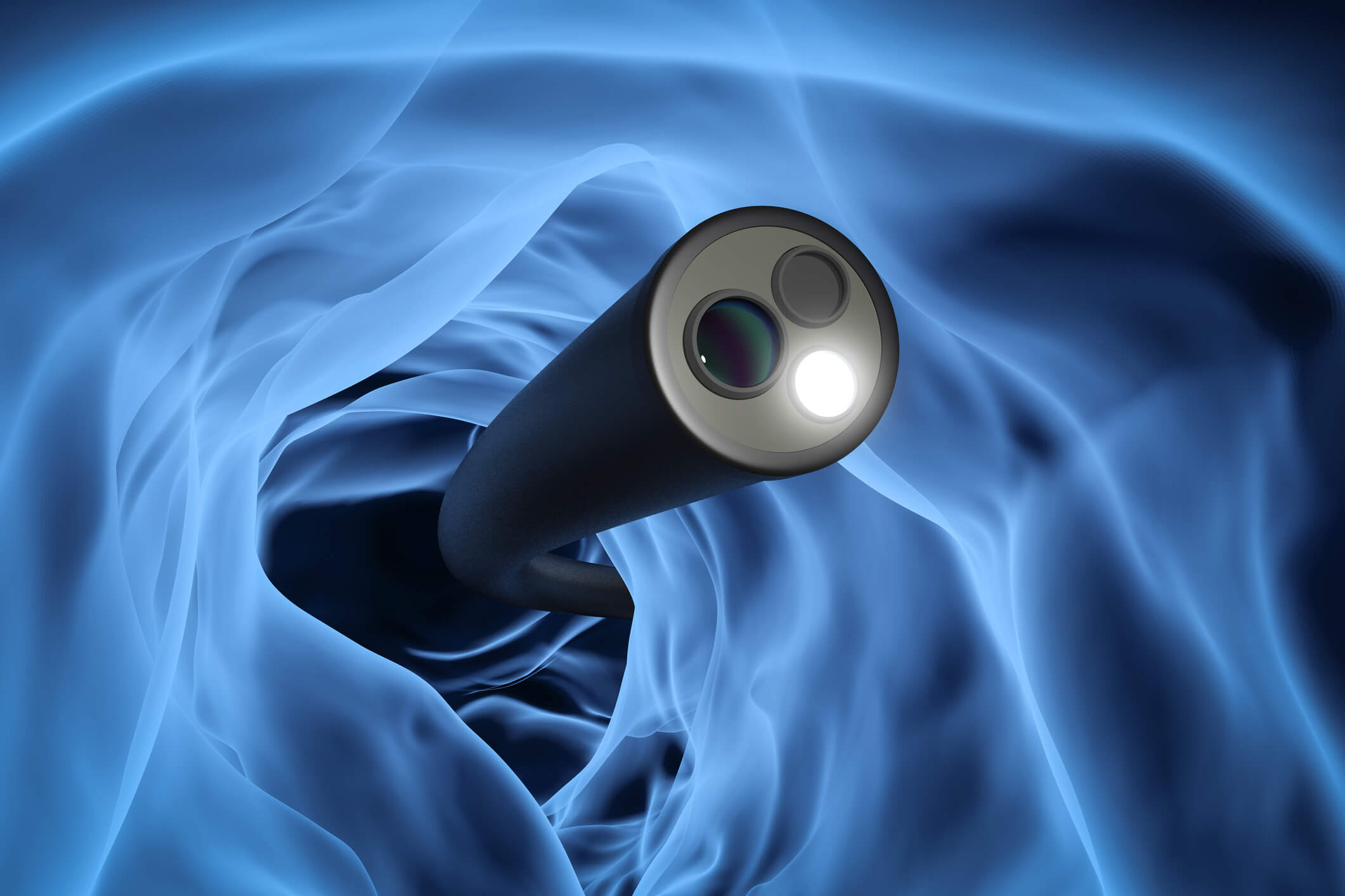Urethral Stricture
Urethral stricture disease is a condition characterized by the narrowing of the urethra, the tube responsible for carrying urine from the bladder to the outside of the body.
This comprehensive patient information guide aims to provide you with essential insights into urethral stricture disease, including its symptoms, causes, diagnosis, and available treatment options.
What is Urethral Stricture Disease?
Urethral stricture disease occurs when the urethra becomes narrowed or obstructed, affecting the normal flow of urine.
Common Symptoms
- Difficulty Initiating Urine Flow: Patients may experience trouble starting or maintaining a urine stream.
- Weak Urine Stream: The force of the urine stream may be reduced or weakened.
- Frequent Urination: A need to urinate more often than usual.
- Urinary Tract Infections (UTIs): Recurrent UTIs may occur due to incomplete bladder emptying.
Causes
- Trauma or Injury: Previous trauma or injury to the pelvic region, including straddle injuries.
- Infections: Sexually transmitted infections or other infections affecting the urethra.
- Inflammation: Chronic inflammation of the urethra, often from conditions like urethritis.
- Medical Procedures: Previous surgeries or medical procedures involving the urethra.

Diagnosis
- Medical History and Physical Examination: Detailed discussion about symptoms, medical history, and a physical examination.
- Urethral Imaging: Imaging studies such as retrograde urethrogram
- Uroflowmetry: Measurement of the rate of urine flow to assess the severity of the stricture.
- Urethroscopy and Cystoscopy: A telescope is passed into the urethra to directly visualise and assess extent of stricture disease
Treatment Options
-
- Urethral Dilation: Widening of the narrowed urethra using progressively larger instruments.
- Urethrotomy: Incision or cutting of the stricture using a specialized instrument.
- Urethroplasty: Surgical reconstruction of the urethra to remove the stricture and restore normal function.

Prevention and Follow-up
- Management of Underlying Causes: Addressing and managing conditions that contribute to stricture formation.
- Regular Follow-up: Monitoring and follow-up appointments to assess the success of the chosen treatment.